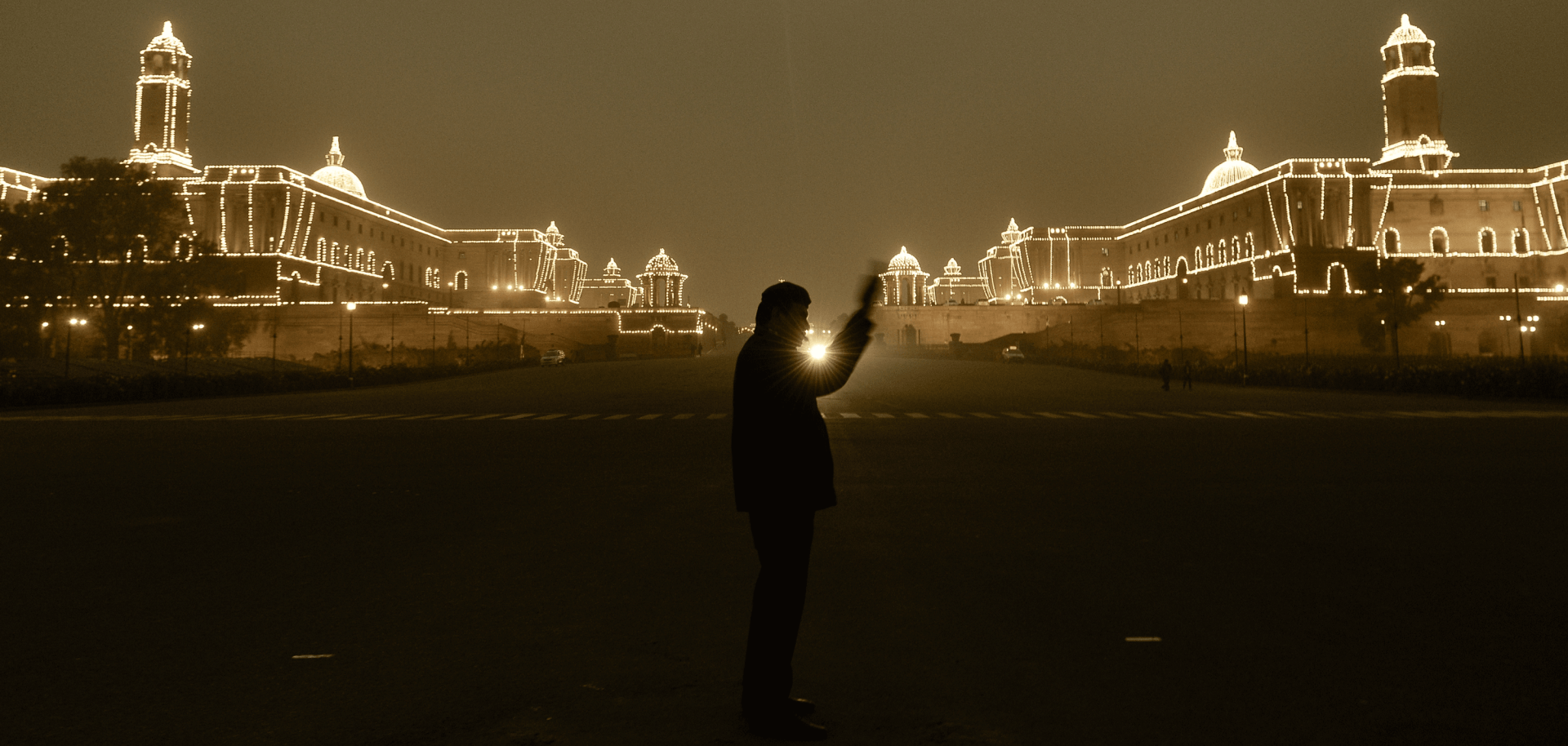ASSESSMENTS
Trade Profile: India's Struggle to Create Jobs
May 23, 2017 | 09:30 GMT

(Chandan Khanna/AFP/Getty Images)
Series Introduction:
As each country tries to find the best way to thrive in the global economy, it must consider its comparative advantages. Take Brazil, for example. Like many other countries in North and South America, Brazil has an abundance of land that it exploits efficiently through large, modern farms. Japan, on the other hand, is light on land but has a wealth of capital at its disposal. And India's biggest strength is its massive — and growing — labor pool. These disparate assets help determine not only a country's economic development but also its stance on trade.
Every international trade negotiation starts out with a goal and a price. The goal is typically to open up an area of another country or bloc's economy that could benefit the nation driving the negotiations. In return, the negotiator must pay a price, often by opening a sensitive part of its economy to the other party's products. But even while pursuing its offensive interests in trade talks, a state must also consider its defensive interests — less competitive areas in its domestic economy that it must shield against foreign competitors, lest they overwhelm the sector. Defensive interests are sometimes more strategic; Japan, for example, has long protected its agricultural sector as a way to ensure its self-sufficiency in the event of a trade disruption. Either way, the industries that fall under a country's defensive interests often have outsize political influence and powerful lobby groups on their side to resist liberalization.
Global trade, meanwhile, is changing. The kinds of multilateral agreements that characterized the postwar years have stalled out over the past two decades, prompting countries and economic blocs to try to negotiate smaller deals with fewer partners. Nations and blocs have more leeway under this new model to negotiate the trade agreements that best suit their interests and to avoid those that don't. Now, more than ever, the future of international trade depends on a country or bloc's defensive interests, offensive interests and underlying factors of production. Our fortnightly Trade Profiles aim to break down these factors to facilitate an understanding of where global trade stands today and where it's headed.
In this first installment, we focus on India.
Proceed to sign up
Register NowAlready have an account?
Sign In